Review for The Sabata Trilogy
Introduction
I’m often in the mood for a Spaghetti Western or two, but the fact of the matter is that my exposure to the genre began, and pretty much ended with the Sergio Leone films, the Clint Eastwood films, Once Upon a Time in the West and A Fistful of Dynamite. I find that as time passes, repeated exposure to films kind of wears them out, and I’ve lost that tendency to obsession that would let me watch films practically on repeat and still find them fresh. With five films in my lexicon, I find that I don’t have enough to keep up with my moods, while my experience with the wider Spaghetti Western genre is too limited for me to make any kind of informed decision. That’s why I always leap at the opportunity when a distributor brings a Spaghetti Western to Blu-ray and there are review discs to be had.
Then again, there were a couple of other reasons why the Sabata trilogy grabbed my attention. One is the presence of Lee van Cleef leading two of the films; they will inevitably draw comparisons to For a Few Dollars More and The Good, The Bad and the Ugly, especially given Sabata’s attire. The second thing is that on the surface, the Sabata trilogy seems to mirror the Magnificent Seven when it comes to casting, with Yul Brynner originating the “Chris” role in The Magnificent Seven and reprising it in the sequel, before Lee Van Cleef took the role in the third film (there was a fourth with George Kennedy).
The Sabata Trilogy has two films with Lee Van Cleef sandwiching the second film, Adios, Sabata with Yul Brynner in the role. At least that’s how it looks on the surface. It turns out that the success of the Sabata films in the West got distributors taking an unrelated movie, "Indio Black, you know what? You're a big son of a..." and transforming it in the dub into another Sabata movie, renaming the title character. It sounds heinous and borderline fraudulent, but then again, Harmony Gold took three, completely unrelated anime series and turned them into Robotech in the dub. This sort of re-versioning isn’t unheard of.
This Eureka Entertainment boxset collects Sabata, Adios, Sabata, and Return of Sabata on three Blu-rays. The first run release will also come with a 36-page booklet. Howard Hughes offers a piece on the films of Gianfranco Parolini, and a more focused piece on the Sabata trilogy. There are also plenty of stills and promotional imagery to peruse.
Introduction: Sabata
It’s a dark and stormy night in Daugherty City, with $100,000 of army money in the bank safe, guarded by soldiers. It’s also the night that Sabata walks into town, making an impression on hard up war veteran Carrincha, and his acrobatic friend Alley Cat. He also calls out the local saloon’s crooked craps table with its loaded dice, and he has the skill with his guns to back that up. While all this is happening, the bank is robbed, the guards slaughtered. It would be a clean getaway, if not for Sabata’s rifle. He comes back to town with the thieves’ wagon, the dead thieves, and the bank’s safe. He’s due a reward, but when he figures out that the real criminals were the town leaders, with a plan to buy up the land near a projected railroad to make a profit, he realises that there’s a whole lot more money to be made. But there’s another drifter in town, the enigmatic Banjo, who has a history with Sabata.
The Disc: Sabata
Sabata gets a 2.35:1 widescreen 1080p transfer with PCM 2.0 Mono English audio and optional English subtitles. Sabata looks splendid, a great transfer with excellent detail and with rich colour. There’s no sign of compression or the like, but I have to say how impressive the film looks on Blu-ray, compared to MGM’s Blu-rays of the Eastwood trilogy. The locations and sets really work well, although the costumes and set designs have an incongruous lavishness. The exterior and interior of the church is one example. As per the usual spaghetti westerns the dialogue is completed in post, and even the English speaking actors sound dubbed. The mono audio is rich and resonant, and the bullets fly with explosive abandon, while the music is typical for the genre, albeit with a hefty helping of banjo.
Extras: Sabata
The disc boots to an animated menu.
The peach of the extras is the commentary from Barry Forshaw & Kim Newman.
Austin Fisher on Sabata is a nice 11:02 featurette.
Promoting Sabata is a 7:07 slideshow gallery of promotional art and lobby cards.
Finally the trailer runs to 1:37.
Conclusion: Sabata
If the Leone movies are the high watermark of Spaghetti Westerns, Sabata is strictly second tier stuff, but it’s not bad for all that. You have to make a few allowances first though. For one thing the characters are more caricature than not, really quite thin and single note. The title character Sabata is practically superhuman and infallible, and a big issue with the film is that there’s never a moment where the character feels threatened, even given the twist in the final act. The story isn’t that challenging either, with little in the way of surprises or complexity. Everything tends to go Sabata’s way. In the extras you can hear how reviews of the period described the film as cartoonish, and there is something to that description. But Sabata is still a great deal of entertainment, and surprisingly prescient. It turns out that they had parkour in 1969!
It takes acrobats to rob the bank to begin with, and Alley Cat somersaults his way around the town’s rooftops himself. Sabata’s unfailing perfection is offset by having the aquiline Lee van Cleef in the role, keeping the coat and cape he wore in For a Few Dollars More, and bringing a sly sense of taciturn humour to the character that makes him utterly watchable. As soon as he realises that the town leaders are behind the theft, he’s blackmailing them for money, to keep their secret. Rather than pay him off, they hire a series of assassins to deal with Sabata, none of whom even make him raise a sweat; this film has quite the body count. As such, the money that Sabata blackmails them for keeps going up, and they wind up spending more and more money on assassins, to the point where you wonder why they bothered robbing the bank to begin with. They obviously had the money to spare.
There’s also a surprising amount of gadgetry in this film, owing more to James Bond than John Wayne. Sabata’s multipart rifle has better accuracy than a Winchester, and his tiny pistols (more like derringers) have a secret in their hilts. Meanwhile the villain of the piece, Stengel has a tricked out shooting gallery that matches Scaramanga’s and I’d steer clear of his cane. Yet all these gimmicks and the way the film is stylised make it an entertaining Spaghetti Western. It holds onto some of the tropes too, with a cast of antiheroes, all trying to one-up each other in sneakiness. Extreme close-ups as per usual, a quirky sense of humour, just one female character, and with Sabata close-lipped, Alley Cat downright mute, you get the voluble Carrincha as a single person Greek chorus.
Then there is Banjo, the enigmatic minstrel who tends to talk in riddles, and he’s the one enigma in the story, whose motivations and intentions are obscure. Is he a friend to Sabata or a foe? It depends on the money, and if there is any sense of threat or drama in the film, it comes from this character; although it’s downplayed by his innate levity.
Sabata has its problems when it comes to character and story, but this is all outweighed by its sense of fun. It’s an entertaining ride from beginning to end, and the film doesn’t outstay its welcome. It also looks stunning on this Blu-ray disc.
7/10
Introduction: Adios, Sabata
It’s 1867, and revolution is afoot with Mexico fighting the Austrians, and the governor imposed from without. Every war needs its weapons, and the Mexicans have a sneaky plan to steal Austrian gold and use it to buy the guns they need. They need help of course, and Escudo is ordered to contact soldier of fortune Sabata to make use of his gun, taking a group of men across the border to intercept the gold. But they’re not the only ones after the gold, not least Ballantine, a man with connections to the Austrians, and who is intent on imposing himself on Sabata and joining the Mexicans. And they’ll all be facing Colonel Skimmel, an Austrian mercenary who kills Mexican revolutionaries for recreation.
The Disc: Adios, Sabata
Adios, Sabata gets a 2.35:1 widescreen 1080p transfer with PCM 2.0 Mono English with optional English subtitles. The picture doesn’t fare as well this time around, with Adios, Sabata clearly taken from a worn and well used print. The image is soft, detail levels are adequate, and colours are good, but print damage and signs of age are evident. The edges of the anamorphic frame are faded; particularly obvious in darker scenes, while there is a persistent scratch/hole in the print at the middle left of the screen for the first 40-odd minutes. The hole reappears on the right hand side of the screen towards the end. The audio is fine, the dialogue is clear although the music can distort at the higher volumes. It’s very much of its age.
Extras: Adios, Sabata
The disc boots swiftly to an animated menu.
There is an audio commentary from filmmaker Mike Siegel.
Austin Fisher on Adios Sabata lasts 14:55.
Promoting Adios, Sabata is a 9:22 slideshow of promo imagery.
The Theatrical Trailer lasts 2:04.
Conclusion: Adios, Sabata
You can see why this film was localised as a second Sabata film in the West. Yul Brynner makes for just as iconic a Western antihero as Lee Van Cleef, and he presents a gunfighter silhouette that pretty much was a trademark all the way from The Magnificent Seven to Westworld. More importantly, Sabata shares a director with Adios, Sabata in Gianfranco Parolini. The direction, the style, even the story has similarities to the first film. The James Bond style gimmickry makes a return and the films even share the same twists. In other words, absolutely do not watch Sabata and Adios, Sabata back to back, or it will feel like a case of film eating itself. But taken on its own merits, Adios, Sabata is delightfully entertaining, and in some ways even better than the original Sabata.
Where Adios, Sabata improves on the first film is the scope. Sabata was a somewhat claustrophobic experience, largely set in one location. Adios, Sabata is a more wide ranging story, crossing the Mexican border on more than one occasion, a roving adventure as the characters pursue their greed. In terms of characters, this film is more rewarding too, with Escudo more than just that one man Greek chorus that the actor portrayed in Sabata. Here he is a key player in the plot, leading a band of Mexicans to steal the gold alongside Sabata, and each of his men has their own character too, notably Septiembre, the silent killer who likes music, or Gitano, the man who dances the Flamenco of Death (not exactly The Riviera Kid from Red Dwarf). Ballantine is a playful foil to Sabata, and there’s a whole lot of fun seeing these characters working together, while trying to simultaneously double cross each other. Against them, Colonel Skimmel makes for a decent screen presence as the villain of the piece.
But the structural similarities to the plot of the original Sabata can’t be discounted, and the reuse of the gadget gimmickry feels obvious when seen back to back with the first film. Here Sabata has a magazine for his rifle that allows him to get seven shots off with rapidity, saving the last slot for his cigar, while Colonel Skimmel has a booby trap in his den for executions and showdowns, much as Stengel did. I also can’t get away from the feeling that this film is Gianfranco Parolini’s version of The Good, The Bad, and The Ugly; there’s even an unsubtle take on the Ecstasy of Gold scene.
The film is as good as, if not a touch better than the first Sabata film, although I’d suggest leaving a few weeks, or maybe even months between watching the two. The quality of the transfer takes a knock on Adios, Sabata, although it is still watchable.
7/10
Introduction: Return of Sabata
Sabata has joined the circus? Sure enough, he’s taking part in a sideshow, paintballing all comers. But there’s a method to his madness. The circus is in Hobsonville, where the McIntock clan are in charge. It’s a town rolling in money, and the McIntock’s are skimming off the top, taxing the citizens with a promise to use the money to grow the city. Not only is Sabata not going to pay any tax, he’s looking to liberate McIntock of his ill-gotten gains and returning it to the people... after taking a percentage of course.
The Disc: Return of Sabata
Return of Sabata gets a 2.35:1 widescreen 1080p transfer with a PCM 2.0 English track with optional subtitles. The image quality is better than Adios, Sabata when it comes to clarity and sharpness, with a strong image with rich, occasionally psychedelic colours. Detail levels are good, contrast is effective, but unlike the first film, print damage and signs of age are more apparent. The dialogue is clear throughout, and the action comes across well, although I don’t appreciate the music in this third film; it really sounds out of place given the film’s setting.
Extras: Return of Sabata
The disc gets an animated menu and the following extras.
Audio commentary from C. Courtney Joyner & Henry Parke
Austin Fisher on Return of Sabata (11:14)
Promoting Return of Sabata (7:42)
Theatrical Trailer (2:08)
Conclusion: Return of Sabata
Once again, I must reiterate that watching these films back to back is detrimental to the experience. Director Gianfranco Parolini essentially tells the same story three times across these films, with the same elements, same twists, the same preponderance of gadgetry and gimmicky weapons, the same acrobatic thieves, but in the third film, it all gets turned up to eleven. In the world of Spinal Tap, eleven gives you a little more louder than everyone else. In the real world, eleven just distorts to the point that it’s painful and un-enjoyable, and that is where I stand with Return of Sabata.
The signs are there from the opening scene, with a shootout taking place in a house of horrors in front of an ominous looking audience. It’s all filtered lights and Dutch angles; something out of an Adam West Batman episode. It’s a red herring of course, thankfully, and things turn back to something more conventional, but even still, this is a film where the director tries to defy convention so often during the narrative, that the very approach becomes predictable.
Lee Van Cleef reprises the Sabata role in the first, genuine sequel (as opposed to the repurposed previous film), but the character now seems a parody of itself. In the first film, Sabata had that silent style, the sense that this taciturn gunman is not to be trifled with. In Return of Sabata, he gets a whole lot more in the way of dialogue, and he’s gained something of a comedic edge, downright goofy at points. It gets to the point where the Sabata of the first film, and the Yul Brynner Sabata are more alike than this re-invention.
The story is a mess, and the characterisations are thin and confusing, with it occasionally hard to understand what their motivations and allegiances are. Sure enough, Sabata meets an old war buddy in Hobsonville, a gambler named Clyde who owes Sabata $5000, and he wavers between teaming up with Sabata and stabbing him in the back. That’s okay, and to be expected, given the character of Ballantine in the previous film. But Ignazio Spalla, who played Carrincha in the first film, and Escudo, the leader of the Mexican squad in the second, plays Bronco in this film, a man who’s often seen banging a drum, reminding the townsfolk to pay the McIntock tax. He seems to be an antagonist to Sabata for much of the film, until he becomes an ally, and I’m hard to explain just how or why this transition occurs. And he’s not the only character that is presented in this way.
I really had little idea of what was going on in Return of Sabata, and at some point my interest in the film waned. It thus took me over 2½ hours to watch a 1 hour 45 minute film; the effect of jerking awake and realising that I had just slept through the previous ten minutes. It’s a disappointing note with which to close the trilogy, but the quality of the presentation is largely consistent with the other two films in the collection.
4/10
In Summary
Your mileage may vary, but for me, Return of Sabata was the ugly step-sibling of the family. The real value for me is in the first two films. Sabata gives the kind of Lee Van Cleef coolness that will be familiar to those that have seen him in the Leone movies, while Adios, Sabata is similarly iconic when it comes to Yul Brynner’s performance. The three films get good presentation on these discs, and come with useful extra features.
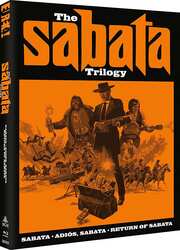




















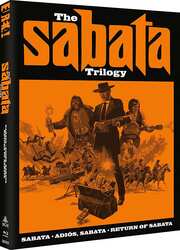




















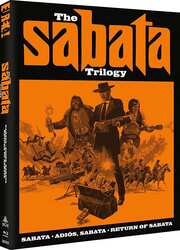




















































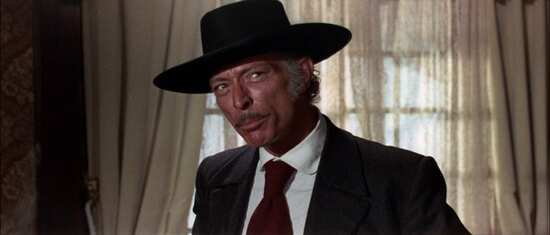
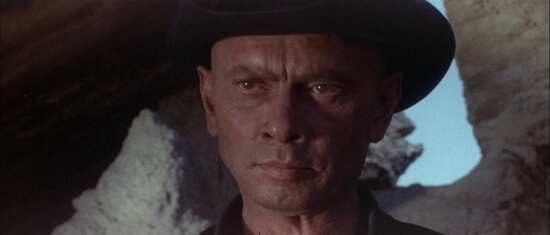
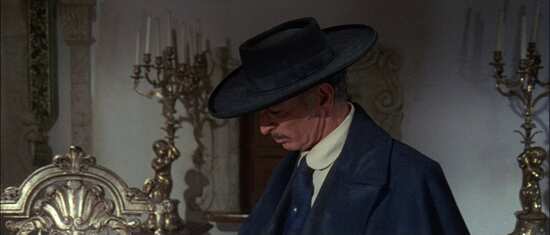
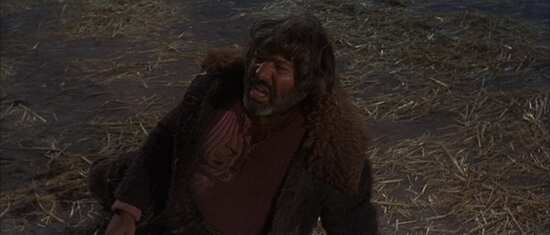
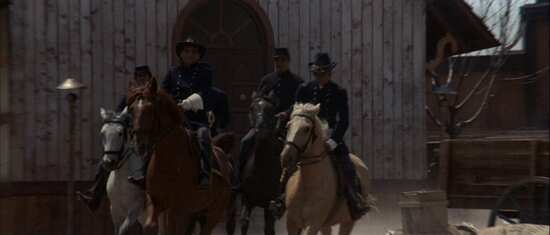
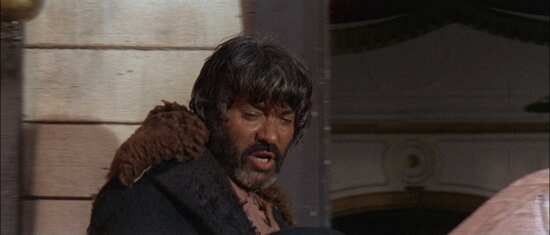

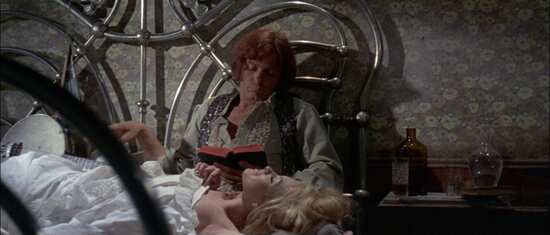
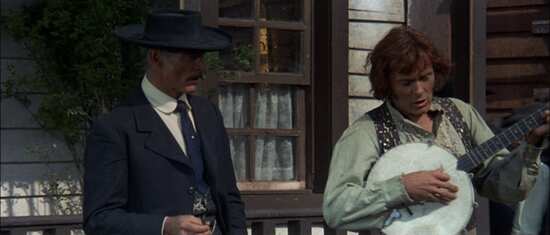
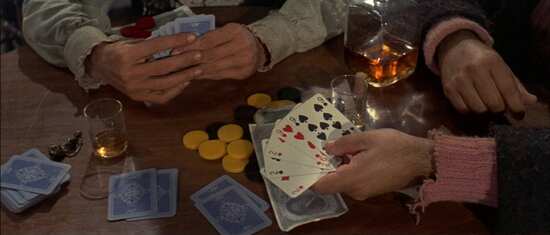
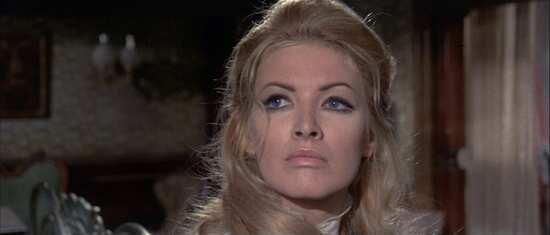
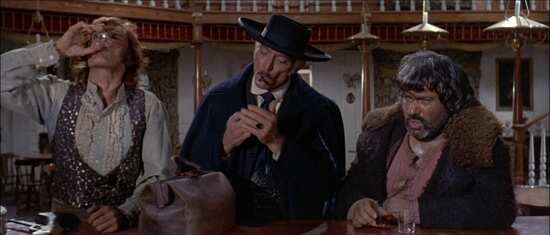
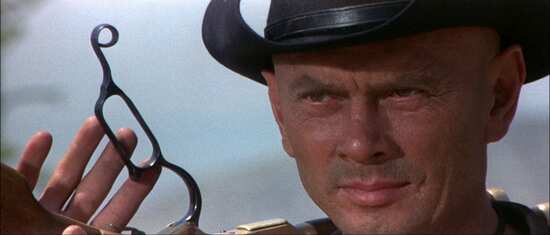
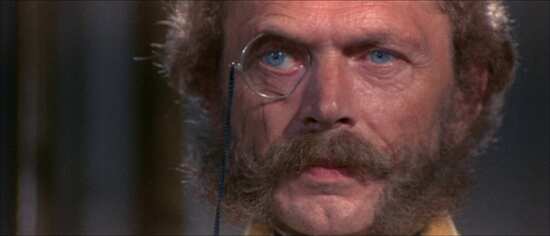
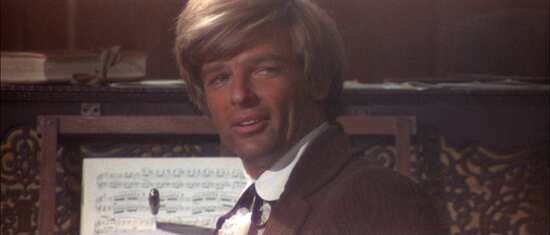
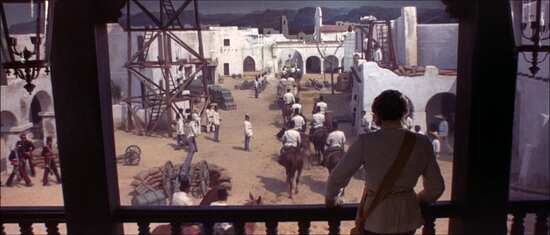
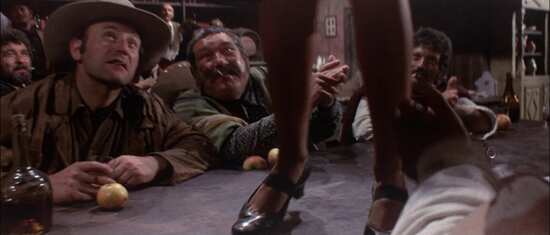

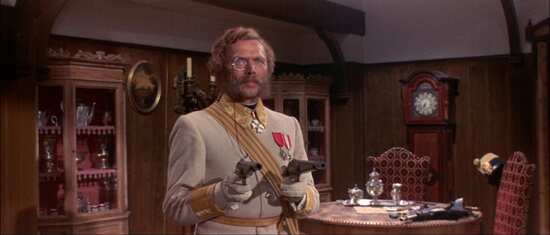
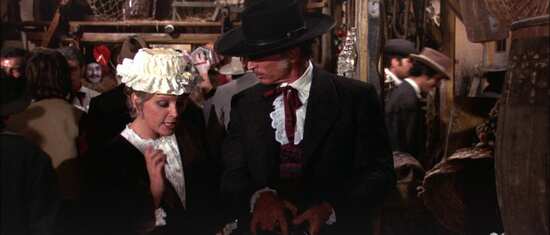
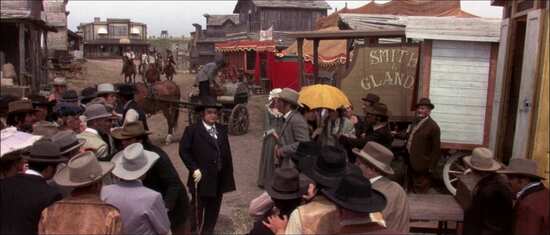
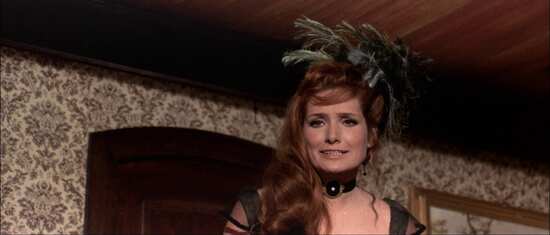
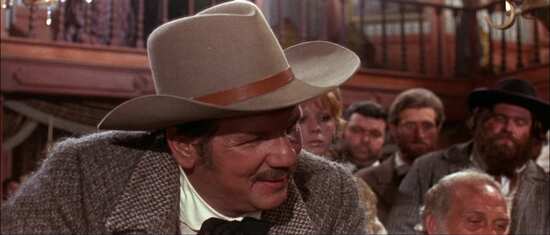
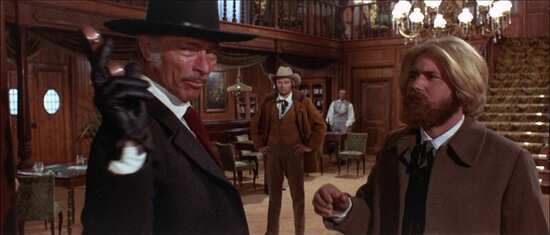
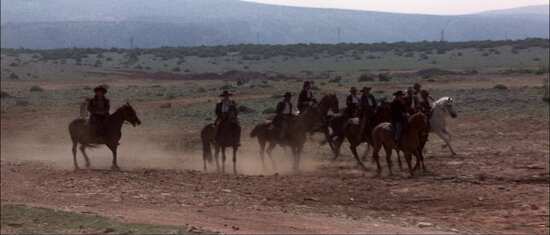
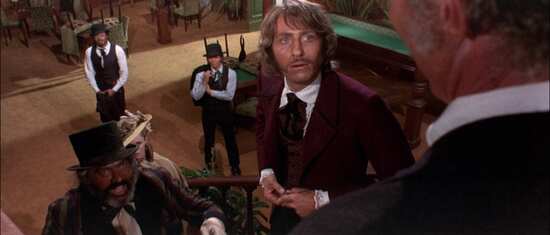
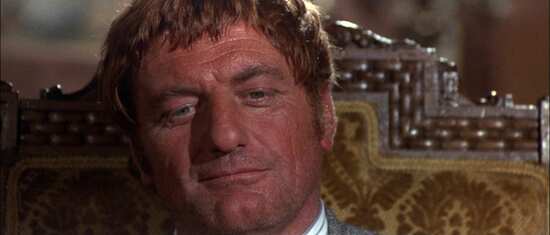
Your Opinions and Comments
Be the first to post a comment!